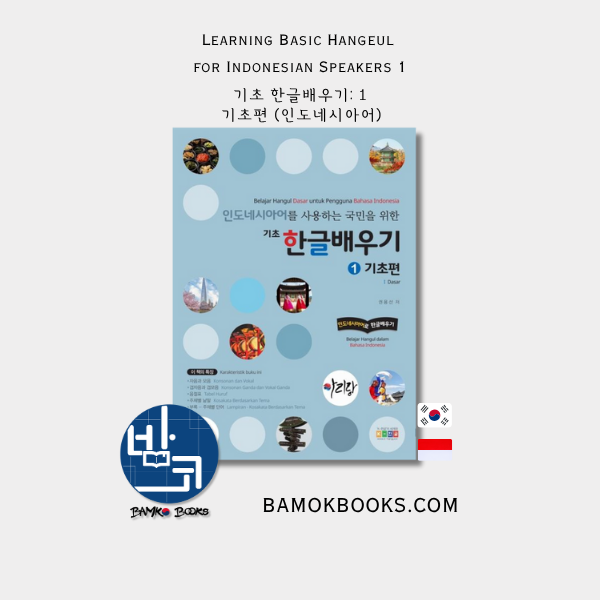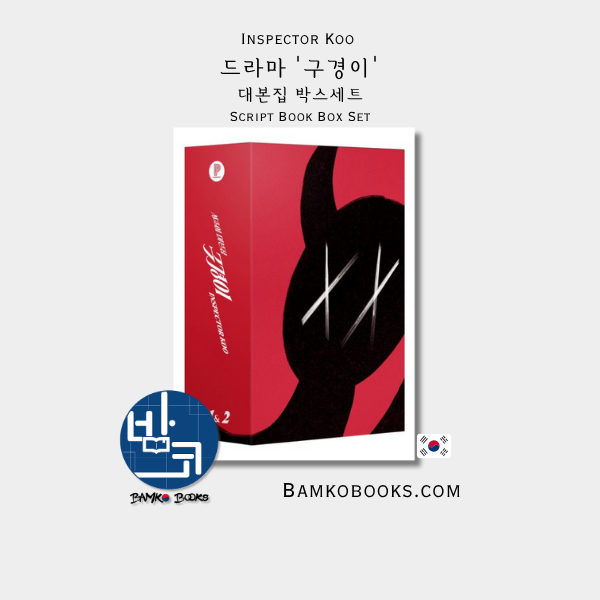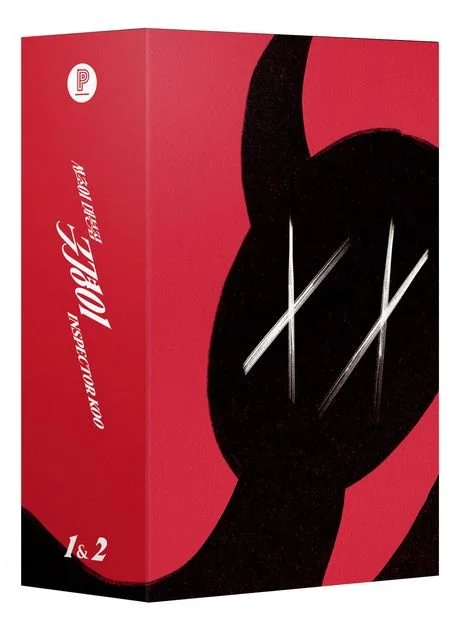책 소개
캘리포니아 출신 재미교포 3세 브렌다 할머니,
그가 돌집 짓고 제주살이를 시작한 까닭은?
- 70대에 들어서도 여전히 새로운 삶을 추구하며 변화를 즐기는 브랜다 & 잰 부부
- 자연에서 위로와 치유를 경험하고, 해녀에게서 힘과 용기를 얻다
- 이국의 섬에 새 집을 건축하는 생활형 모험
- 사람냄새 가득한 제주생활에 대한 애정 넘치는 에세이
- 제주를 세계에 알리겠다는 마음으로 펴낸 “Stone House on Jeju Island”의 한국어판
목차
제1부 바람, 여자, 돌의 유혹
애월, 물가의 달 / 넉넉한 바다의 품 / 두 발을 땅에 딛고 / 한라산바라기 / 감당 가능한 생활
제2부 집 짓기
가택신 달래기 / 평면도 / 시공자 문정환 선생 / 화산석 / 노출 서까래 / 버지니아 울프-자기만의 방 / 기와지붕
제3부 마을에 물들다
집들이 선물 / 이웃 남자 / 대자연의 피조물 / 거지, 도둑, 대문 없는 3無의 섬 / 태풍 차바 / 봉사 정신 / 제주 오일장의 사람 냄새 / 4?3 정신 / 로자리 맥티그 수녀 / 제주의 평화 / 보광사 묵상 / 위로의 말
출판사 서평
이국의 섬에서 발견한 마음의 고향
제주는 아름다움과 아픔이 공존하는 섬이다. 화산 폭발로 형성된 독특한 자연은 형언할 수 없을 정도로 아름답지만 매우 척박한 땅을 품고 있으며, 평화로운 어촌마을의 이면에는 한국 근대사의 가슴 아픈 상처가 남아 있다. 25년 전 어린 아들 토미를 갑작스럽게 떠나 보내고 마음의 안식처를 찾아 세계 곳곳을 돌아다녔던 브렌다 백 선우와 그의 남편 잰 백 선우는 유독 이 섬에 끌렸고, 몇 년을 오간 끝에 마침내 제주 애월에 집을 짓기로 결심한다.
≪바람이 위로하고 달빛이 치유하는 나의 제주 돌집≫은 낯선 땅에 집을 짓고 이주하는 과정을 기록한 정착기이자 건축 일기이며, 인생의 황혼기에 새로운 삶을 꿈꾸며 도전하는 모험담이다. 또한 자신을 닮은 혹은 자신이 닮고 싶은 섬 제주와 제주사람들을 향한 저자의 열렬한 사랑 고백이기도 하다. 제주 생활을 널리 알리겠다는 마음으로 지난해 가을 먼저 펴냈던 “Stone House on Jeju Island”의 한국어판이다.
제주를 사랑하는 많은 이들이 그렇듯 브렌다도 처음에는 아름다운 풍광에 먼저 마음을 빼앗겼다. 섬 한 가운데 우뚝 솟은 한라산, 곳곳에 솟아오른 크고 작은 오름, 섬의 둘레를 따라 난 올레길, 전통적인 어촌마을 등…… 그러나 무엇보다도 강렬하게 그녀를 사로잡은 것은 해녀였다. 특별한 장비도 없이 바다에 들어가 해산물을 채취하며 살아온 이들은 대부분 60대가 넘어서도 여전히 물질을 하고 가족과 이웃을 돌보며 살아간다. 혹독한 자연환경을 극복하는 해녀들의 거칠고 억센 에너지, 상실과 슬픔의 세월을 견뎌온 그들의 강인한 삶을 마주할 때, 브렌다는 비로소 본인의 불행과 슬픔을 내려놓을 수 있었다. 바다와 바람과 해녀와 이 섬의 슬픈 역사는 이 재미교포 3세 노인에게 위로이자 치유로 다가왔다. 생면부지의 땅이지만 “고향에 온 듯” 평온함을 느낀 이유다. 따지고 보면 작가의 조부가 1903년 하와이 사탕수수 농장 노동자로 이민하면서 한반도를 떠난 지 120여년이 지나 고향으로 다시 돌아온 셈이다.
자연과 문화, 삶에 대한 철학을 담은 25평 돌집
이 책은 저자가 제주에 오게 된 배경, 집을 짓는 과정, 정착과 적응기 등 크게 세 장으로 구성되어 있다. 미국 캘리포니아와 뉴저지의 대도시와 교외 지역에서 인생의 대부분을 살아온 노부부가 말도 통하지 않고, 낯설고 먼 아시아의 서남해상 한 섬에 집을 짓겠다고 고군분투하며, 새로운 사람들과 관계를 맺으면서 벌어지는 일들이 소소한 웃음을 자아낸다.
제주도는 최근 자연과 가까운 곳에서 대안적인 삶을 꿈꾸는 젊은이들과 외국인의 이주가 늘면서 현대적, 서구적, 예술적인 건축물이 곳곳에 터를 잡아가고 있다. 그러나 부부는 친환경적이면서도 한국과 제주도의 문화적 전통을 담은 집을 짓고 싶었기에 버려진 돌집 한 채를 구해 개조하기로 마음먹었다. 문화적 관습 차이와 자연재해 등 우여곡절을 겪으며 5개월로 예상했던 건축기간이 세 배 가까이 늘어났지만, 재료부터 디자인까지 삶에 대한 그들의 철학을 고스란히 구현해낸 멋진 안식처를 결국 완성해낸다.
제주에서의 하루하루는 미국에서의 삶과 사뭇 다르다. 이웃에서 직접 재배한 채소를 캐먹고, 때로는 대문을 열어 놓고 지내며, 웬만하면 1~2km 정도는 두 발로 걷는다. 닷새마다 열리는 재래시장에서 쇼핑을 하는 동시에 새로운 단어들을 배우며, 모진 비바람이 주는 일상의 불편도 담담하게 받아들이는 법을 체득하고, 꾸밈없는 얼굴의 이웃들과 몸짓, 손짓으로 정을 나누고 위로를 건네기도 한다. 그에게는 낯설고 새로운 것 투성이지만, 불안이나 걱정이 아니라 흥미로운 발견처럼 다가온다.
"한 친구는 제주도에선 모르는 사람들이 집에 불쑥 찾아오는 경우가 있으니 놀라지 말라고 귀띔해 주기도 했어요. 찾아와서 흔히들 하는 말은 놀랍게도 “집 좀 구경해도 될까요?”입니다. 마을 주민들은 대문을 잠그지 않고 외출하는 경우가 많은데요. 택배 기사는 택배 상자를 집 안까지 가지고 들어와서는 놓고 가기도 합니다. 대담한 방문객들은 창문을 똑똑 두드리고는 “계세요?”하고 소리 높여요. 우리 부부는 밤에만 문을 잠그는데 미국에 있을 때보다 오히려 더 안전한 느낌이 드는 건 왜일까요?"
이 책은 저자의 개인적인 경험을 담은 에세이지만, 제주도라는 섬을 낯설게 여기는 이들을 위한 친절한 안내서이기도 하다. 이방인으로서 1950-60년대 제주에 목장과 봉제공장을 세워 지역 경제와 사회복지에 힘쓴 아일랜드인 맥글린치 신부와 로자리 수녀의 이야기를 비롯하여 ‘이방인 브렌다’가 이웃을 통해 보고 듣고 느낀 제주의 지리, 역사, 풍속들도 흥미롭게 전해진다.
일흔, 여전히 새로운 삶을 꿈꾸다
브렌다는 이제 일흔을 넘겼다. 성성한 백발까지는 아니어도, 은회색 머리빛깔이 제법 자연스러운 ‘완연한’ 할머니다. 건축 시공에 참여한 한 인부는 브렌다에게 왜 이 나이에 낯선 곳까지 와서 새집을 짓는 고생을 사서 하냐고 묻자 그녀는 이렇게 되묻는다. “왜 안 되죠?”
≪나의 제주 돌집≫은 나이가 들어서도 모험과 변화를 마다하지 않으며, 일상에서 새로운 가치를 발견하고, 호기심과 궁금증이 가득한 삶을 꿈꾸는 모든 이들을 위한 지침서다. 자신을 ‘나이 든 유목민’이라고 부르는 브렌다에게 제주는 여전히 설레이고 더 알고 싶은 탐구의 대상이자, 엄마의 품처럼 아늑하고 따스한 정서적 고향이다. 이곳에 낡은 돌집을 개조해서 새 돌집을 완성한 지 어느덧 3년. 제주 생활에서 그는 무엇을 가장 인상깊게 받아들일까?
“여기는 나이 먹으면 실버타운 같은 곳에서 안락하게 사는 걸 미덕으로 치는 미국하고 달라서 아무리 나이가 들어도 경제활동을 해요. 할머니들이 식당에서 서빙도 하고, 해녀들 불턱에서 허드렛일도 도와주고, 상추라도 길러 5일장에 내다팔고, 다들 바쁘게 살아요. 그래서 다들 건강하고 활기 넘칩니다. 나이 먹었다고 소외되는 일이 없어요. 누구 한 사람 지역 커뮤니티에서 쓸모 없는 사람이 없다니까요. 그게 제주인 것 같아요. 매일 골프 치고 카드 놀이하면서 시간 보내는 것보다 훨씬 더 나은 삶이라고 생각해요.”
브렌다는 아직도 캘리포니아에 살던 집을 그대로 유지하고 있다. 여전히 1년에 몇 달은 캘리포니아에서 지내기도 한다. 하지만 해가 갈수록 “사람 사는 것 같은 제주 생활”을 하는 나날이 점차 늘어가고 있다. 일흔의 이방인 브렌다는 조상의 나라에 돌아와 배운 새로운 삶의 방식과 과거 미국에서의 생활양식을 한국인, 미국인 지인들에게 공유하고, 전파하는 전도사가 되고 있다. 말하자면, 스스로 문화교류의 플랫폼이자 메신저가 되는 셈이다. 과거 오랫동안 기자로 활동했던 그는 제주의 생활과 문화를 널리 알릴 수 있다면 어떤 것이든 좋다는 마음으로 기회가 될 때마다 국내외 매체와 인터뷰를 갖고 기고에도 적극적이다.
[ENG]
About the book
Grandma Brenda, a fun-loving 3-year-old from California,
Why did he build a stone house and start living on Jeju?
- In their 70s, Brenda & Jan are still seeking new life and enjoying change
- Finding solace and healing in nature, and strength and courage from haenyeo
- The lifestyle adventure of building a new home on an exotic island
- An affectionate essay about life on Jeju, full of the smell of people
- The Korean version of "Stone House on Jeju Island," a book dedicated to sharing Jeju with the world.
Table of Contents
Part 1 The Temptation of Wind, Women, and Stone
Aewol, the month of the water's edge / The generous embrace of the sea / With both feet on the ground / Halla mountain flowers / A life you can afford
Part 2 Building a House
Appeasing the house gods / Floor plans / Builder Moon Jung-hwan / Volcanic stone / Exposed rafters / Virginia Woolf - A room of her own / Tiled roofs
Part 3 Colouring the Village
Housewarming gifts / Neighbouring men / Creatures of Mother Nature / Beggars, thieves and gateless islands / Typhoon Chava / The spirit of service / The human smell of Jeju oil fields / The 4?3 spirit / Sister Rosary McTeague / Peace in Jeju / Meditations on Bogwangsa Temple / Words of comfort
Publisher's Book Review
A home for the heart found on an exotic island
Jeju is an island of both beauty and pain. Formed by a volcanic eruption, its unique nature is indescribably beautiful, but the land is also extremely barren, and behind the peaceful fishing villages lie the heartbreaking scars of Korea's modern history. After the untimely death of their young son, Tommy, 25 years ago, Brenda Baek and her husband, Jan Baek, travelled the world in search of solace, and after years of searching, they finally decided to build a home in Aewol, Jeju Island.
≪My Jeju Stone House, Where the Wind Comforts and the Moonlight Heals is a settling-in period and construction diary that documents the process of building and moving to an unfamiliar land, as well as an adventure story of dreaming of a new life in the twilight of life. It is also the author's passionate confession of love for Jeju, the island and its people, who are like her, or who she would like to be like. This is the Korean version of "Stone House on Jeju Island," which was first published last autumn with the intention of spreading the word about Jeju life.
Like many people who love Jeju, Brenda was first drawn to the island by its stunning scenery. The towering Hallasan Mountain in the middle of the island, the small and large oaks dotting the landscape, the olle paths along the island's perimeter, the traditional fishing villages...... But it was the haenyeo that captivated her most. Many of them are well into their 60s, still earning a living and caring for their families and neighbours, using no special equipment to gather seafood. When Brenda was confronted with their wild, unyielding energy to overcome the harsh natural environment and their resilience in the face of years of loss and grief, she was able to put aside her own unhappiness and sadness. The sea, the wind, the sea women, and the sad history of the island were comforting and healing to this third-generation Korean-American, which is why she felt "at home" in this land of raw cotton. In a sense, the artist has returned to his homeland more than 120 years after his grandfather left the Korean peninsula in 1903 when he immigrated as a Hawaiian sugarcane plantation labourer.
A 25-pyeong stone house with a philosophy on nature, culture, and life
The book is divided into three main chapters: how the author came to Jeju, the process of building the house, and the settling-in period. The story of an elderly couple who have lived most of their lives in large cities and suburbs in California and New Jersey, USA, struggling to build a house on a strange and distant island in the southwest sea of Asia, where they don't speak the language, and making new connections with new people, makes for some good laughs.
Jeju Island has seen a recent influx of young people and expats seeking an alternative life close to nature, and modern, western and artistic architecture has taken hold. But the couple wanted to build a home that was both eco-friendly and incorporated the cultural traditions of Korea and Jeju Island, so they decided to find an abandoned stone house and renovate it. The twists and turns of cultural customs and natural disasters nearly tripled the expected five-month construction period, but they ended up with a stunning sanctuary that embodies their philosophy on life, from materials to design.
A typical day on Jeju is a far cry from life in the United States. We eat our neighbours' homegrown vegetables, sometimes leave our doors unlocked, and walk a mile or two on two feet most days. He shops at the bi-weekly street markets, learns new words, learns to accept the daily inconveniences of the elements, and exchanges gestures with his plain-faced neighbours to convey friendship and comfort. For him, the new and unfamiliar is not a source of anxiety or worry, but rather an exciting discovery.
"A friend warned me not to be alarmed when strangers knock on my door on Jeju Island," he says, "and a common phrase they say is, surprisingly, "May I see your house? Villagers often leave their gates unlocked, and couriers have been known to bring their boxes inside and leave them there. Bold visitors knock on windows and shout, "Are you home?" My wife and I only lock our doors at night, so why do I feel safer than I do in the United States?"
While the book is an essay about the author's personal experiences, it is also a friendly guide for those who are new to Jeju Island. The geography, history, and customs of Jeju as seen, heard, and felt by Brenda through her neighbours are fascinatingly told, including the story of Father McGlinchey and Sister Rosary, two Irishmen who, as strangers, established a ranch and sewing factory on Jeju in the 1950s and 1960s and contributed to the local economy and social services.
Seventy, still dreaming of a new life
Brenda is now in her seventies. She's not quite grey, but her silver-grey hair is still quite natural. When one of the construction workers asks Brenda why she would go through the trouble of building a new house in a strange place at her age, she replies, "Why not?"
≪My Jeju Stone House is a guide for anyone who dreams of living a life of adventure and change, of finding new value in everyday life, of being curious and wondering, even as they age. For Brenda, a self-described "aging nomad," Jeju is still an exciting place to explore and learn more about, an emotional home that is as cosy and warm as a mother's embrace. He's been here for three years now, renovating an old stone house into a new one. What does he find most impressive about living on Jeju?
"It's not like the U.S., where it's a virtue to live comfortably in a place like Silver Town when you're older, so no matter how old you are, you're active in the economy. Grandmothers serve in restaurants, help out at the haenyeo, grow lettuce and sell it at the five-day market, and everyone is busy, so everyone is healthy and energetic. No one is marginalised because they're old, no one is useless in the community, and I think that's Jeju, and I think it's a much better life than spending every day golfing and playing cards."
Brenda still has her home in California. She still spends a few months a year in California. But with each passing year, she's spending more and more time on Jeju, "living like a human being." Brenda, a stranger in her seventies, has become an evangelist, sharing with her Korean and American friends the new way of life she has learned since returning to her ancestral homeland, as well as her former lifestyle in the United States. In other words, she has become a platform and messenger for cultural exchange. Having worked as a journalist for many years, she is always willing to give interviews and write articles for local and international media whenever she can, as she believes in spreading the word about Jeju's life and culture.







































